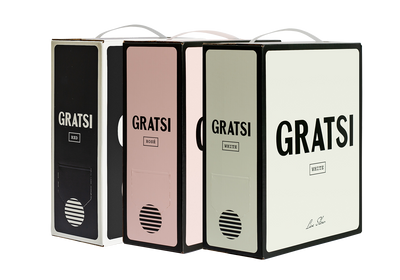Grow Your Own Medicine

Medicinal herbs for your homestead.
Grow Your Own Medicine
By Jenn MacLeod
July 11, 2024
We often think of the garden as a place to grow edible veggies and fruits, but have you considered the potential of your space to produce potent medicine? For centuries, herbal medicine has used plants to treat ailments and maladies. In this article, we will discuss a few easy to grow medicinal plants you can add to your garden and use to ward off colds, soothe sunburns and calm anxiety. Read on to discover plants you can add to your herbal first aid kit!


Lemon Verbena for anxiety and digestion
Any garden with lemon verbena is sure to receive ample compliments for its amazing scent! Native to South America, this herb loves warm and sunny climates, and will happily inch its way into a proper shrub over the years. If you live in a colder climate, fear not- you can still grow lemon verbena as an annual! In addition to smelling great, this herb tastes incredible as a tea, which is how it is most often used. You can prepare a tea by letting the leaves steep (fresh or dried) in a pot with hot water for 5-10 minutes. The tea has a gently calming effect for your nervous system and can soothe digestive troubles.


Echinacea for immune support
“Echinacea” is derived from the Greek word for hedgehog, which alludes to the cone shaped center of the flower. Echinacea is a powerful medicine that stimulates the immune system to fight bacterial and viral infections. A wonderful bonus is that the flowers are vibrant purple and support pollinators! The plant roots are the most commonly used part, though the flowers can be used as well. Plant echinacea in a sunny spot in the Spring and allow two growing seasons before harvesting the roots. After harvesting, chop and dry the roots for long term storage. When you feel a cold coming on, make an echinacea elderberry tea to help your body fight off the virus.

Yarrow for wound care
Historically known as herba militaris for its ability to treat war wounds, this beautiful flower attracts pollinators to your garden by offering nectar and habitat. The leaves of the plant can be mashed to create a poultice to stop bleeding. Yarrow will come back year after year and reseeds itself quite well—you may find yourself needing to thin it out a bit to make space for other things, but it remains a staple plant in many gardens.

Calendula for skin care
Calendula is quite common as a garden flower, prized for its vibrant orange and yellow flowers that grow and re-seed prolifically. However, the uses of calendula are even more vast than the blooms! Externally, calendula is used to treat skin ailments like cuts, bruises, sunburns, chapped lips and diaper rash. Internally the petals of the flower are used to treat stomach ulcers and general digestive discomfort. Sprinkle the fresh petals in salads or dry the flowers to use in skin healing homemade salves and lip balms. Sow calendula seeds in Spring for a Summer harvest. Often blooms will last through cooler months in temperate areas.


Growing a garden rich in fruits and vegetables offers an array of vitamins that support a healthy body, and growing medicinal herbs is another step in the direction of overall vitality. You will not be disappointed by these visually stunning and body supporting herbs. Utilize the advice here to start crafting your home grown first aid kit and experience the deeply healing power of plants.





